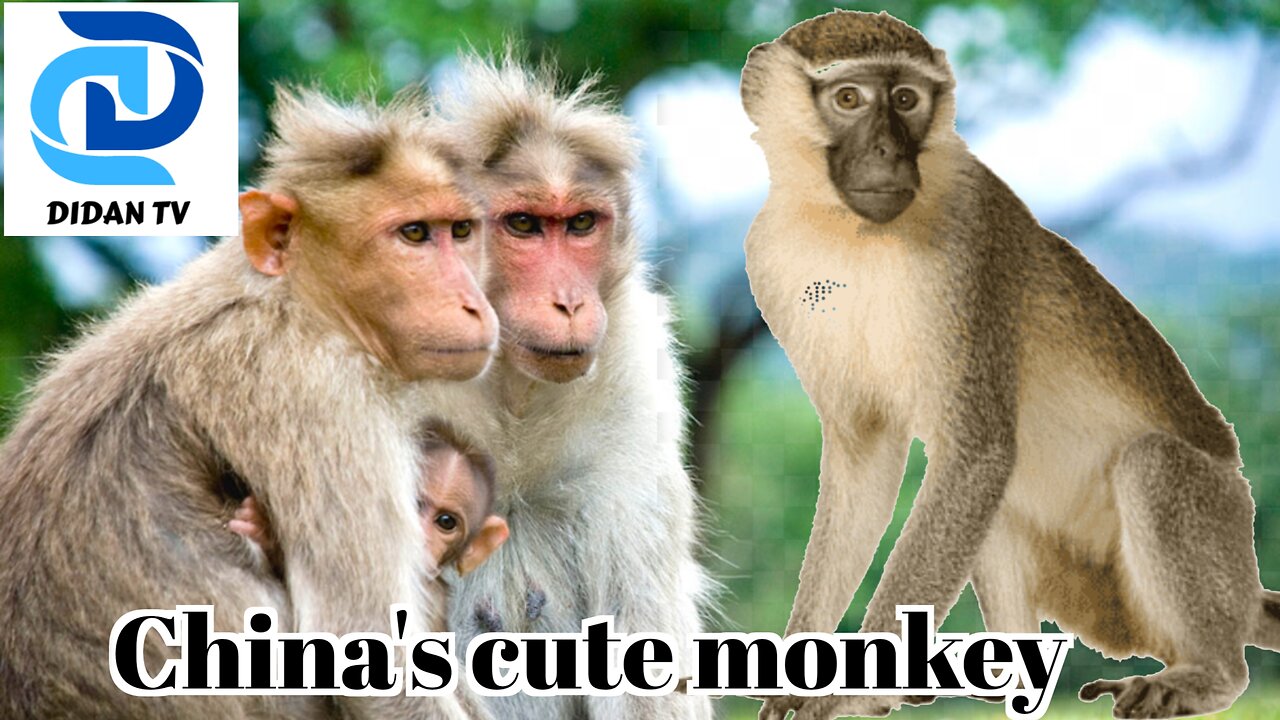Premium Only Content

The Golden Monkeys of China | China's Hidden Kingdoms | Full Episode
Physical Characteristics: Monkeys typically have a well-developed brain, forward-facing eyes that provide stereoscopic vision (depth perception), and grasping hands with opposable thumbs, allowing them to manipulate objects and tools. Their bodies are covered in fur, and they often have long tails, although not all monkeys have tails.
Behavior and Social Structure: Monkeys are highly social animals and often live in groups called troops or bands. These social structures can vary widely depending on the species, with some forming large, complex communities, while others have smaller, more intimate groups. Social interaction is a crucial aspect of their lives, involving grooming, play, and communication through vocalizations, facial expressions, and body postures.
Diet: Monkeys are omnivores, meaning they consume a varied diet that includes fruits, leaves, insects, small animals, and sometimes even larger prey. Their diet can greatly vary based on their habitat and specific species.
Habitat: Monkeys inhabit a range of environments, from rainforests and tropical jungles to savannas, grasslands, and even high-altitude mountain forests. Different species have adapted to thrive in their respective habitats.
Classification: Monkeys are divided into two main groups: New World monkeys (found in the Americas) and Old World monkeys (found in Africa and Asia). New World monkeys often have prehensile tails that can be used like an extra limb, while Old World monkeys usually have non-prehensile tails or no tails at all.
Examples of Monkeys:
New World Monkeys: Examples include howler monkeys, spider monkeys, capuchin monkeys, and squirrel monkeys.
Old World Monkeys: Examples include baboons, macaques, langurs, and colobus monkeys.
Conservation Status: Many monkey species are facing threats due to habitat loss, deforestation, hunting, and the pet trade. Some species are endangered or critically endangered, making conservation efforts crucial to their survival.
Cultural Significance: Monkeys have played roles in various cultures and mythologies around the world. They often symbolize traits such as curiosity, mischief, and adaptability. In some cultures, monkeys are revered as sacred animals, while in others, they are associated with trickery or humor.
DIDAN TV
#animals #DidanTv #animals
-
 1:33:49
1:33:49
MattMorseTV
6 hours ago $32.94 earned🔴Trump has a NEW DEAL.🔴
60.5K70 -
 2:55:27
2:55:27
Mally_Mouse
10 hours agoSpicy HYDRATE Saturday! -- Let's Play!
50.9K5 -
 1:38:06
1:38:06
GameWithV
4 hours ago $0.63 earnedSaturday Play
21.3K1 -

Spartan
5 hours agoHalo for a bit, Octopath after maybe
31.4K -
 2:58:09
2:58:09
SavageJayGatsby
6 hours agoSpicy Saturday with Mally! - Wedding in 2 Months!
41.8K1 -
 1:47:14
1:47:14
VapinGamers
8 hours ago $2.05 earnedTools of the Trade - Does Production Matter? with Tim the Tool Man from Louder with Crowder
32.6K2 -
 5:44:04
5:44:04
BSparksGaming
6 hours agoHappy Saturday! Battlefield 6 Beta! PS5 Gameplay
21.3K -
 15:53
15:53
Exploring With Nug
14 hours ago $4.04 earnedExploring Texas Creeks for Fossils – Prehistoric Treasures Everywhere!
32.9K5 -
 9:02
9:02
MattMorseTV
12 hours ago $15.78 earnedTrump's FBI just DECLASSIFIED the UNEDENIABLE PROOF.
42.8K94 -
 3:57:54
3:57:54
TinyPandaface
5 hours agoYour FACE is A Gaming Channel! | Mario Golf Super Rush w/ The Fellas!
7.88K2